Carving Small chAracters: How to Carve hair
Excerpt from Carving Small Characters in Wood by Jack Price
Billions of dollars each year are spent on hair care products. To a great extent hair defines character. A clown is expected to have some type of preposterous hair. An old man is expected to be bald, semi-bald, or have thinning hair. Goofy-looking people should have goofy hair. A doctor, lawyer, preacher, or banker with strange hair is suspect. Do you want to deal with a banker that has clown-type hair? Would you like to be treated by a pink-haired doctor? I don’t think so: you wouldn’t trust them. It follows, then, that the people you carve should have hair that is appropriate to their character or status in life. If your person is to have some special hairdo you should plan his hair in advance. If it deviates from the ordinary it won’t just happen.
Carving Small Characters in Wood
This beginner-friendly book will have you carving tiny compact figures in no time! Lessons on:
- Carving 101 – Get started with some basic wood carving information and the “whys” of small carvings
- Shaping the body & face, and dressing & painting your character
- Methods for ears, hair, expressions, hands, turning the character’s head, and more
- Displaying your characters, references, a gallery, and your final challenge
Great for beginners, Carving Small Characters offers simple carving techniques in a smaller format to create compact caricatures.
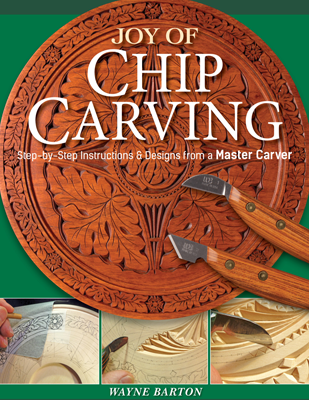
Joy of Chip Carving
Step-by-Step Instructions & Designs from a Master Carver
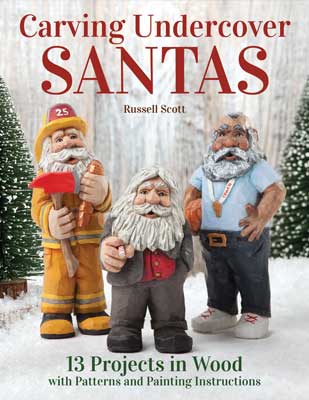
Carving Undercover Santas
12 Projects in Wood with Patterns and Painting Instructions
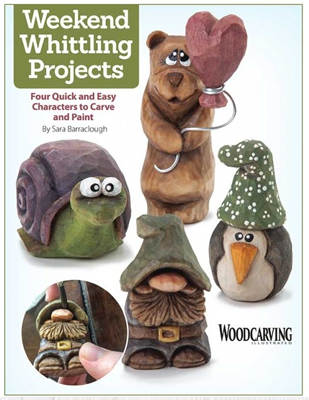
Weekend Whittling Projects
Four Quick and Easy Characters to Carve and Paint
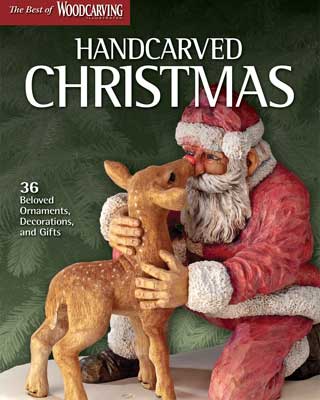
Handcarved Christmas (Best of WCI)
36 Beloved Ornaments, Decorations, and Gifts
Carving Hair Dos and Don’ts
Hair is usually carved with a V-gouge or a U-gouge. With small characters the 1/8 in. (3 mm) size works best. A V-gouge is used when cutting individual strands of hair and the U-gouge creates the impression of carved hair without carving each strand separately. Curly hair is often carved with a U-gouge.
Generally, hair does not hang down in a straight, continuous line from top to bottom. Some hairs do hang this way but most angle right or left or curl one way then another. For several reasons normal hair has a tendency to stick together. When several individual hairs cling together a cluster is formed, and like individual strands, clusters seldom fall straight downward. You can achieve the cluster look by cutting valleys into the hair area with a V-gouge, U-gouge, or a knife before carving individual strands of hair. Clusters can also be formed by varying the depths of the V-gouge cuts as you carve individual hairs. Another hair peculiarity is that hair is not necessarily the same length all over the head. When small characters are carved it is difficult to vary hair length because the area where the hair is to be carved is so limited. In an attempt to create the impression that the hair on my character’s head is not all the same length I usually carve the bottom part of the hair first and carve the upper portion second. The bottom part is carved with short overlapping strokes that angle downward. The upper portion is carved with short upward strokes that overlap occasionally. After the hair is carved I often cut little wedges out of the wood at the bottom of the hairline. This makes the hair appear even more uneven.
Get Exclusive Email Offers And Receive 15% OFF On Your First Book Order!


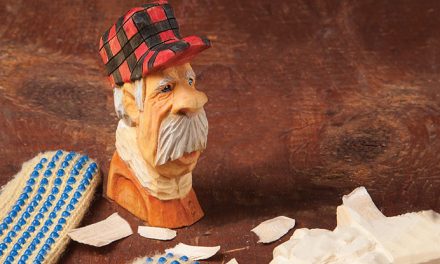
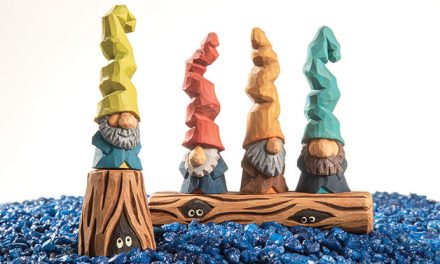

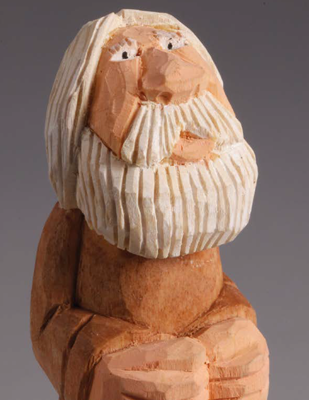
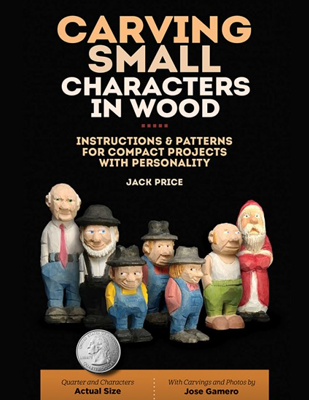
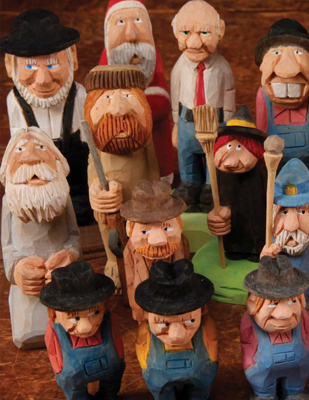
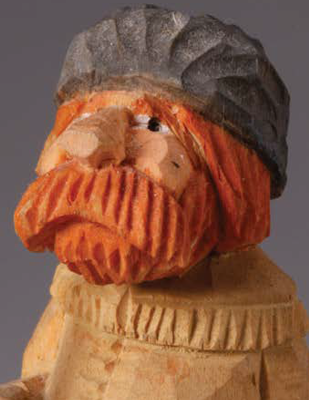
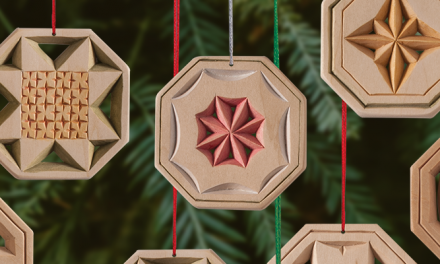
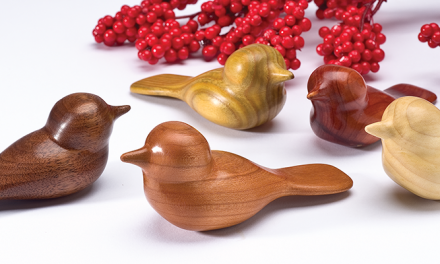

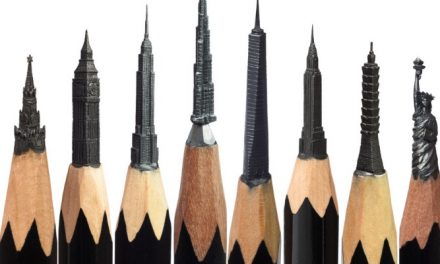
Recent Comments